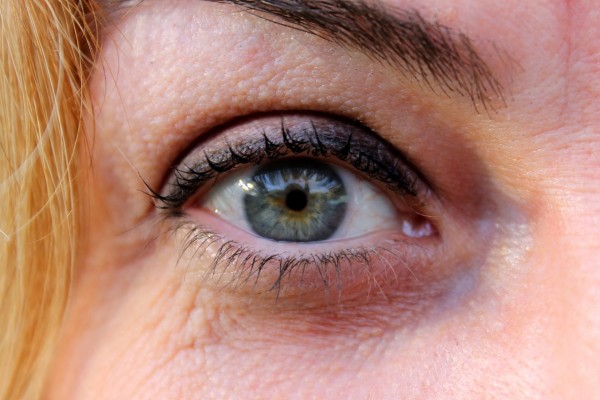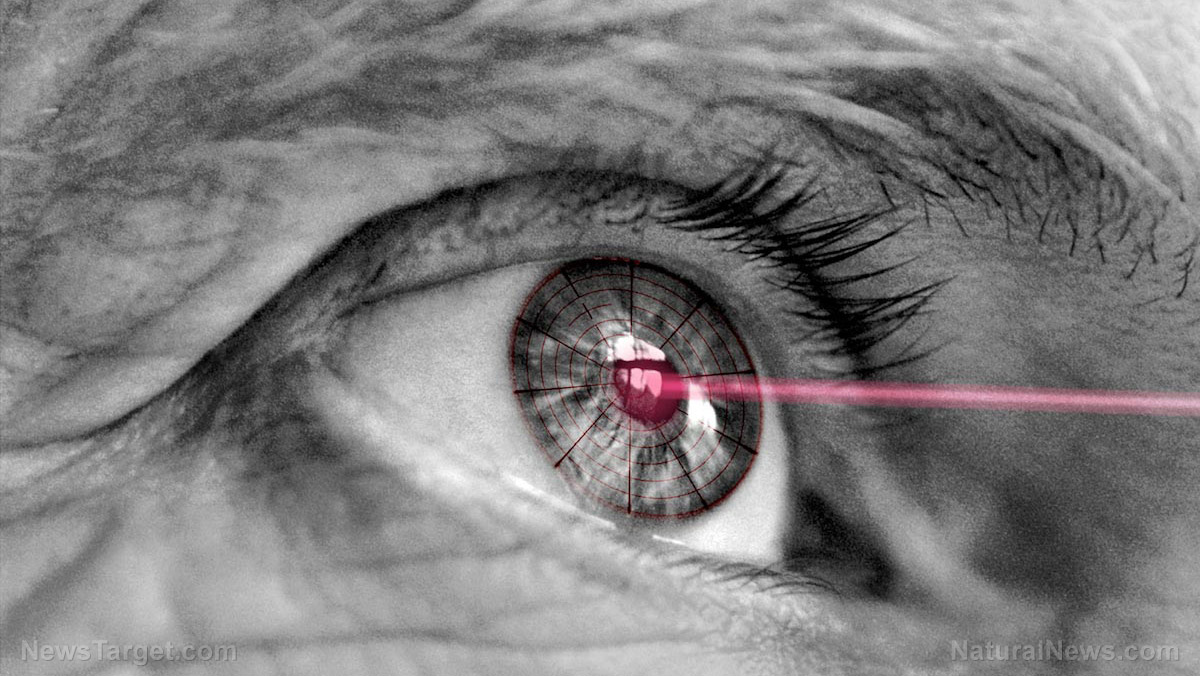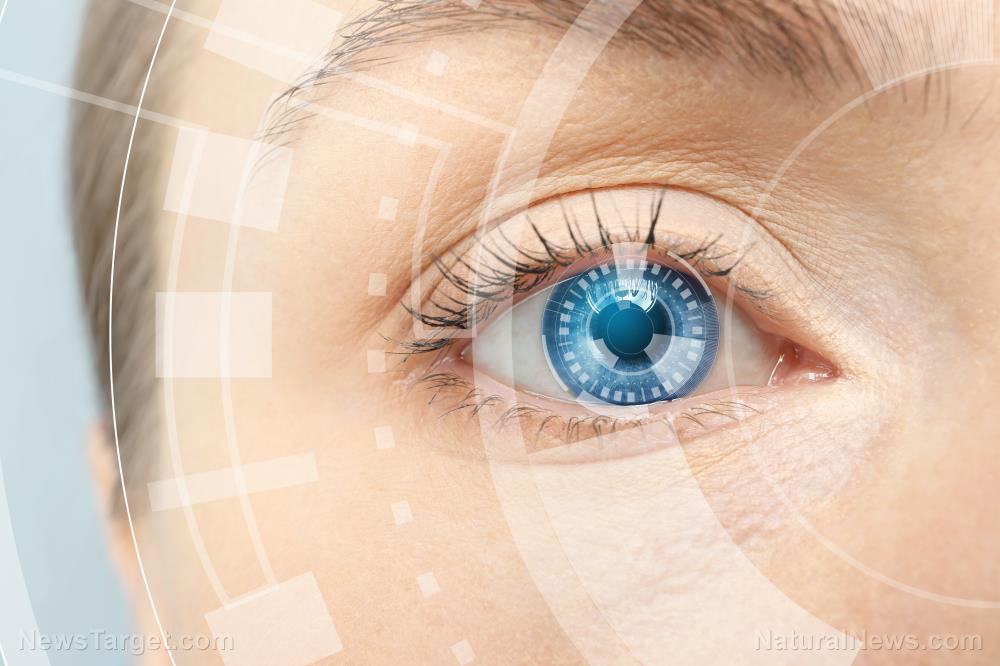
LASIK (laser in situ keratomileusis) is a surgical procedure that uses a laser to correct nearsightedness and astigmatism. In the procedure, a laser beam is used to reshape and flatten the cornea, improving the eye’s focusing power.
LASIK is the most common method of correcting vision through surgery, and clinics across the country offer the procedure at affordable rates.
In 2009, the the FDA, the National Eye Institute (NEI), and the Department of Defense (DoD) launched a collaborative effort called the LASIK Quality of Life Collaboration Project (LQOLCP), with the goal of better assessing the risks of LASIK and developing tools for accurately determining the percentage of patients who experienced problems after the procedure.
The group’s initial findings indicated that LASIK surgery was indeed quite safe, with only a tiny percentage of patients reporting any side effects.
From The Washington Post:
“At the time, there were a lot of anecdotes flying around but little scientific information about patient outcomes. The results, published in October 2014, showed that some patients developed problems that adversely affected their day-to-day lives, such as difficulty driving at night or in sunshine. But it was such a small number — less than 1 percent — of the patients in the study that it was difficult to draw any strong conclusions from that data.”
New study reveals that more than 40% of LASIK patients experience new symptoms after surgery
Now, two years later (November 2016), the group has published a follow-up report in JAMA Ophthalmology – and the results are quite different this time around:
“The study suggests that the percentage of people who undergo LASIK and wind up with new visual symptoms — such as double images, glare, halos or starbursts — may be much higher. The data was based on a questionnaire that looked at patient satisfaction with their vision and at visual and dry-eye symptoms following surgery.”
The researchers analyzed data from two groups of patients. Among the first group, which consisted of 262 active Navy personnel, 43 percent of LASIK patients reported new symptoms. Of the second group, made up of 312 civilians, 46 percent reported new symptoms. 28 percent overall experienced dry-eye symptoms for the first time, ranging from mild to severe. (RELATED: Read more news about the failures and successes of modern medicine and Medicine.news)
Most LASIK patients “satisfied,” despite postoperative symptoms
However, most of the study participants – more than 95 percent – reported being satisfied with the results of the surgery.
The new problems were reported to be relatively minor and in most cases did not affect normal function.
The researchers believe that the discrepancy between the older studies and the latest one is accounted for by the tendency of questionnaire respondents to be more forthcoming than when directly interviewed by health care professionals. The reluctance of patients to discuss “negative” events with their doctors has been well-documented, according to the team.
The authors of the study say that theirs is the first to identify new postoperative symptoms in LASIK patients. They also call for patients to be “adequately counseled” regarding the risk of developing new symptoms after the procedure.
Competition has driven the price of LASIK surgery down in recent years – you’ve probably seen the television commercials offering LASIK for as little as a few hundred dollars per eye.
At prices that low, it may be tempting to opt for the procedure - and although many believe LASIK can be considered a safe and affordable alternative to wearing eyeglasses or contact lenses, there are experts who warn that the procedure can be quite dangerous.
Potential LASIK patients should be aware that no surgery is ever “perfect,” and for many there may be some uncomfortable side effects – at least for the first few months after the surgery is performed.
It’s also important to keep in mind that this latest study focused on only a small group of patients. There are many reports of serious complications from LASIK surgery – including blindness – so it’s important to research the subject thoroughly before deciding to have it done.
Sources:
Please contact us for more information.



















